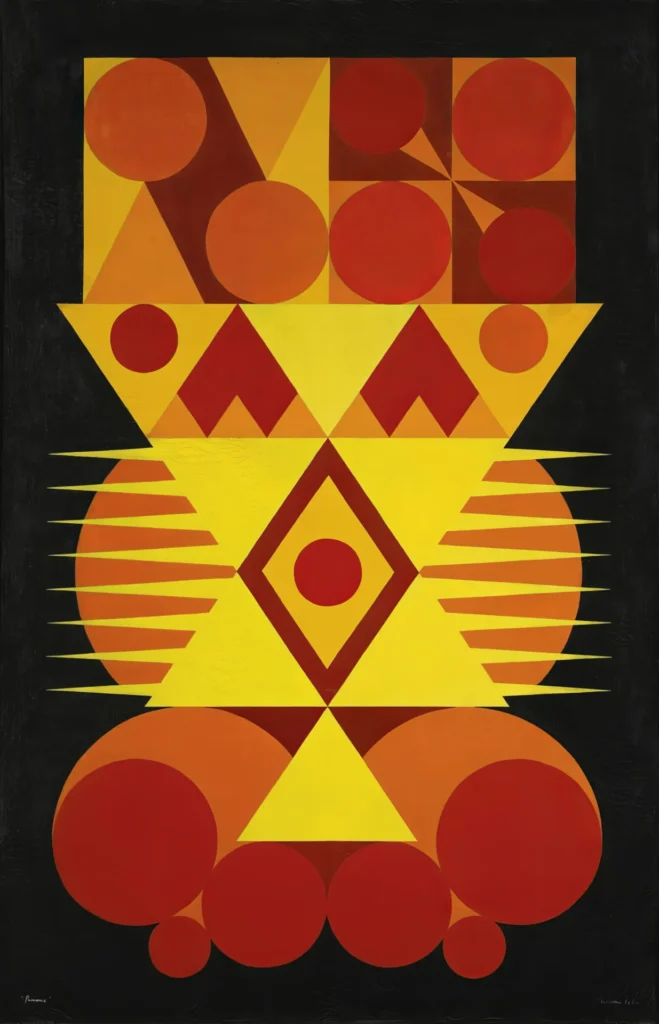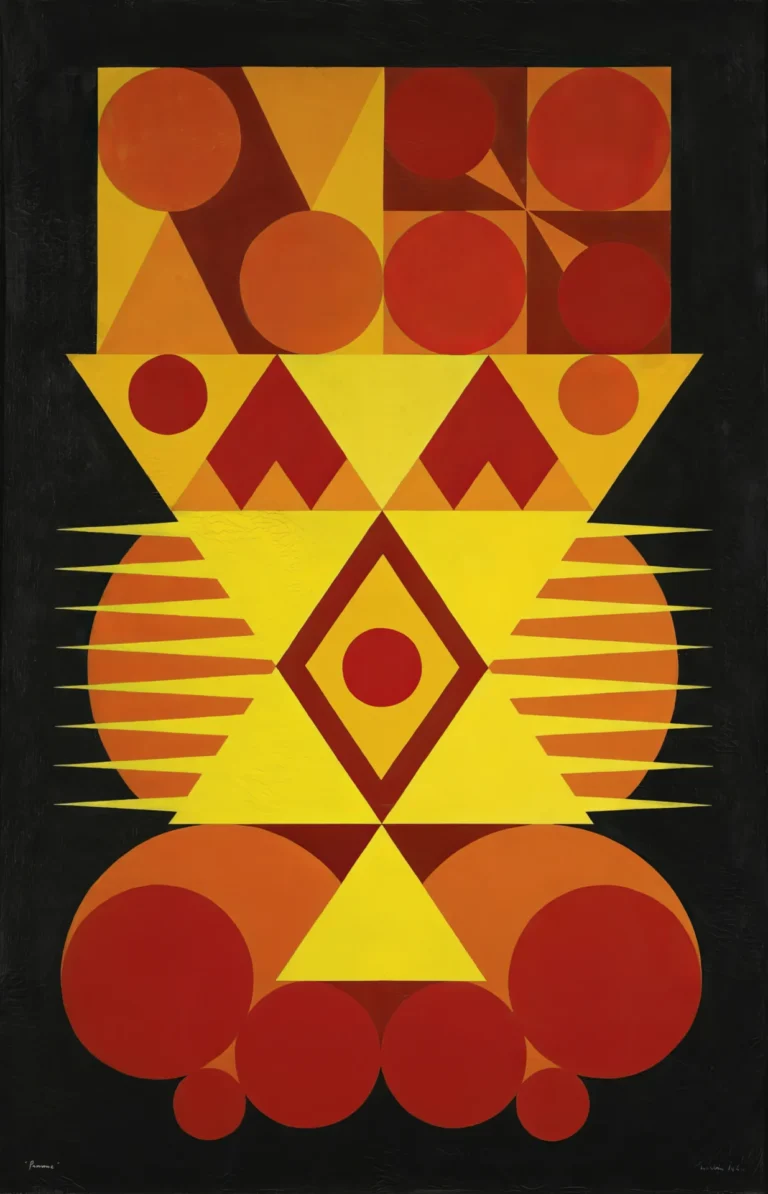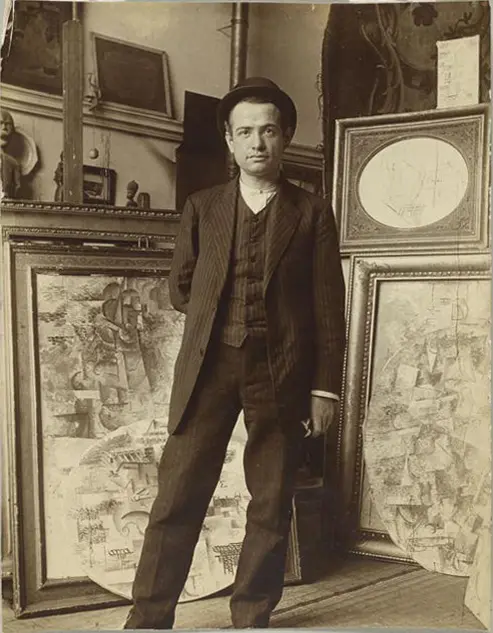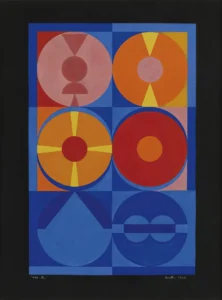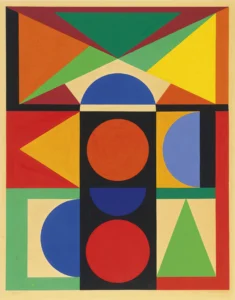Femme (1944)
Femme is a stunning artwork created by Auguste Herbin in 1944, showcasing his mastery in blending abstraction with emotional depth. The painting is particularly intriguing due to existing discrepancies regarding its medium and size, with sources describing it alternatively as an oil on canvas or gouache on paper. This duality highlights Herbin's innovative approach and connection to the Cubist movement that shaped early 20th-century art. Its trace in auction records adds to its allure, as it continues to draw interest within the contemporary art market.
1944
About the Artwork
Auguste Herbin, a significant figure in the development of modern art, created Femme during a transformative period in his career characterized by a turn towards abstraction. Designed in a post-war context, the piece encapsulates the spirit of resilience and innovation that defined the era. Herbin's strong ties to the Cubist movement can be traced to his collaborations and friendships with titans like Picasso and Braque. The variations in its description may suggest that Femme existed in multiple interpretations, mirroring the shifts in perception and styles common in post-war art. Each version of Femme serves not only as a work of art but as a narrative of Herbin’s evolving artistic vision.
Did You Know
Liked what you see? Add it to your collection.
Enjoyed reading? Share it.
Related Artworks
... continued
Artist and Year
Auguste Herbin, a French painter, created Femme in 1944. Herbin was a contemporary of the founders of Cubism, including Pablo Picasso, Georges Braque, and Juan Gris.
Medium and Size
There are two different descriptions of the medium and size: One source indicates that Femme is an oil on canvas work, measuring 100 by 64.6 cm (approximately 39.4 by 25.4 inches). Another source describes it as a gouache on paper work, measuring 35.2 by 26.5 cm (approximately 13.9 by 10.4 inches).
Auction and Registry
The artwork has been tracked in various art registries and auction platforms. For instance, it is listed in the Artory Digital Registry and has been part of auction lots tracked by MutualArt. Given the discrepancies, it is possible that there are two different versions or interpretations of Femme by Auguste Herbin, or there might be an error in the reporting of the medium and size.




